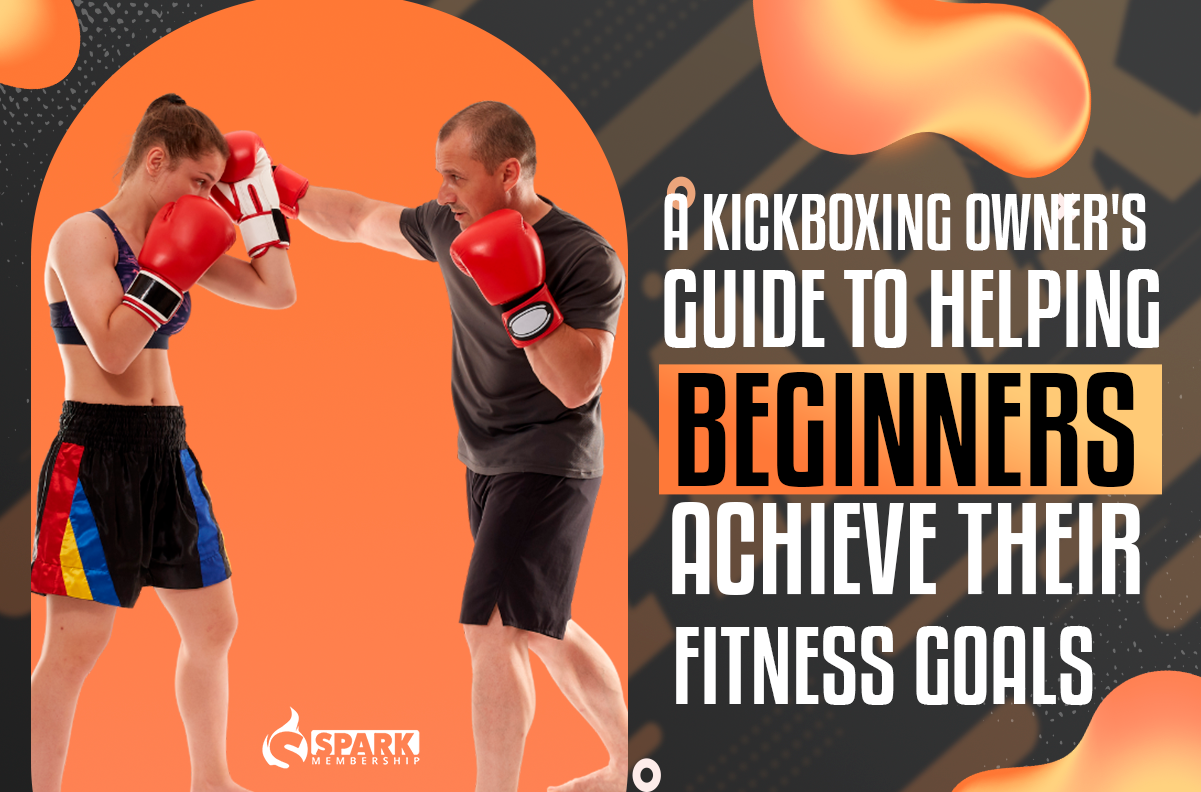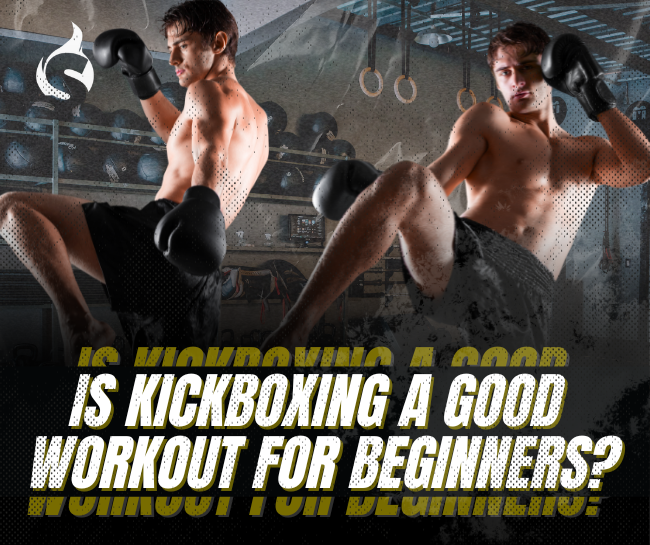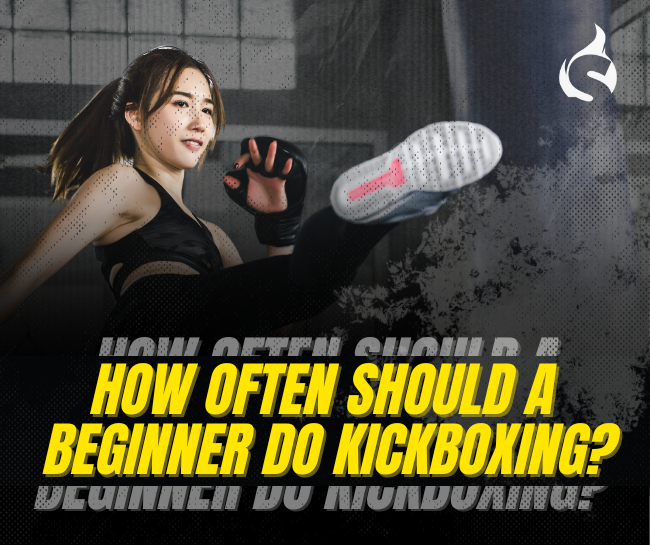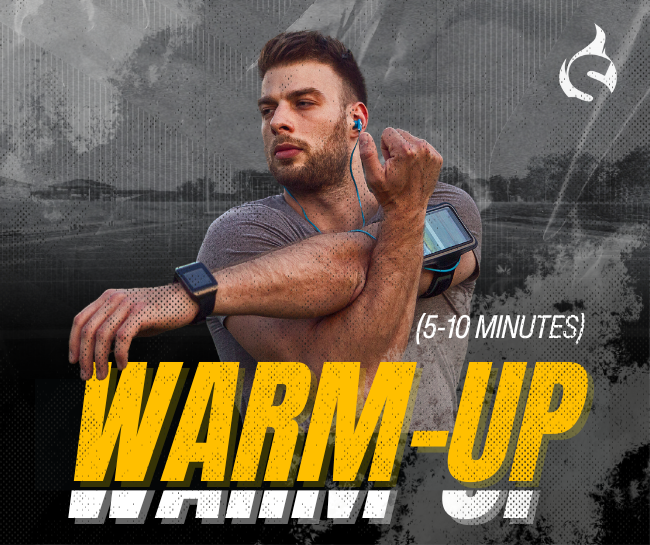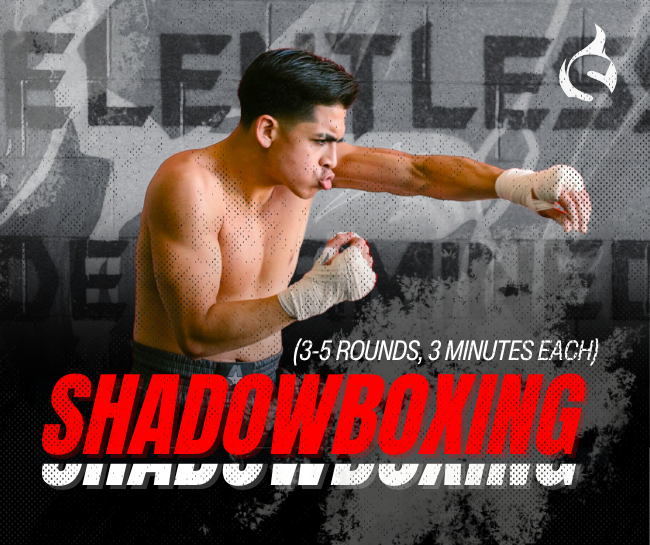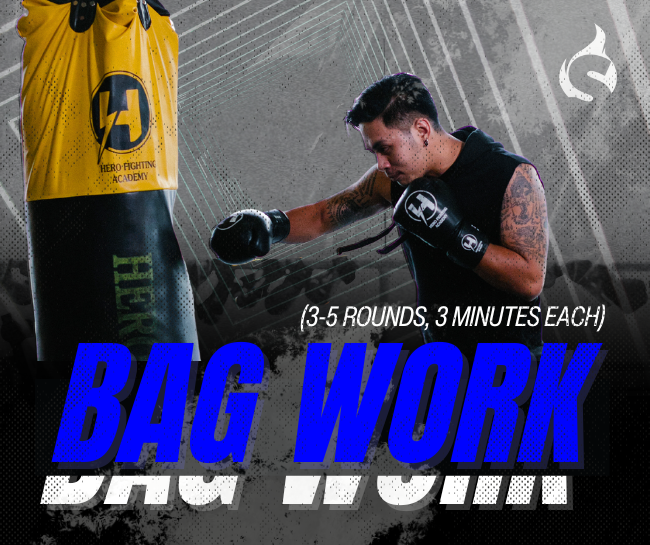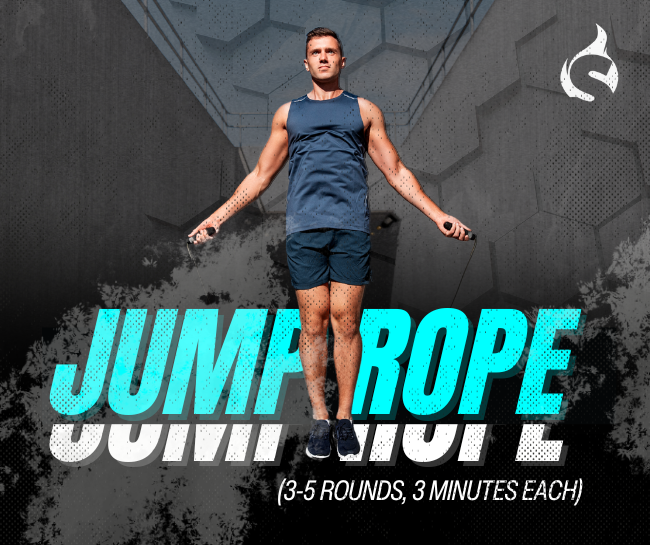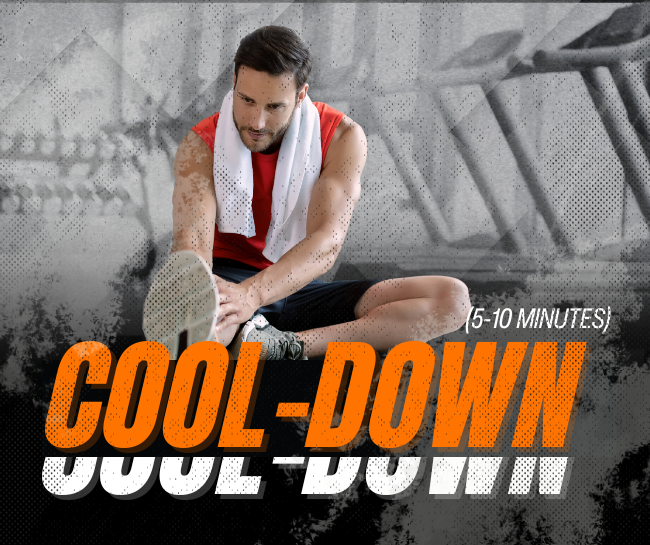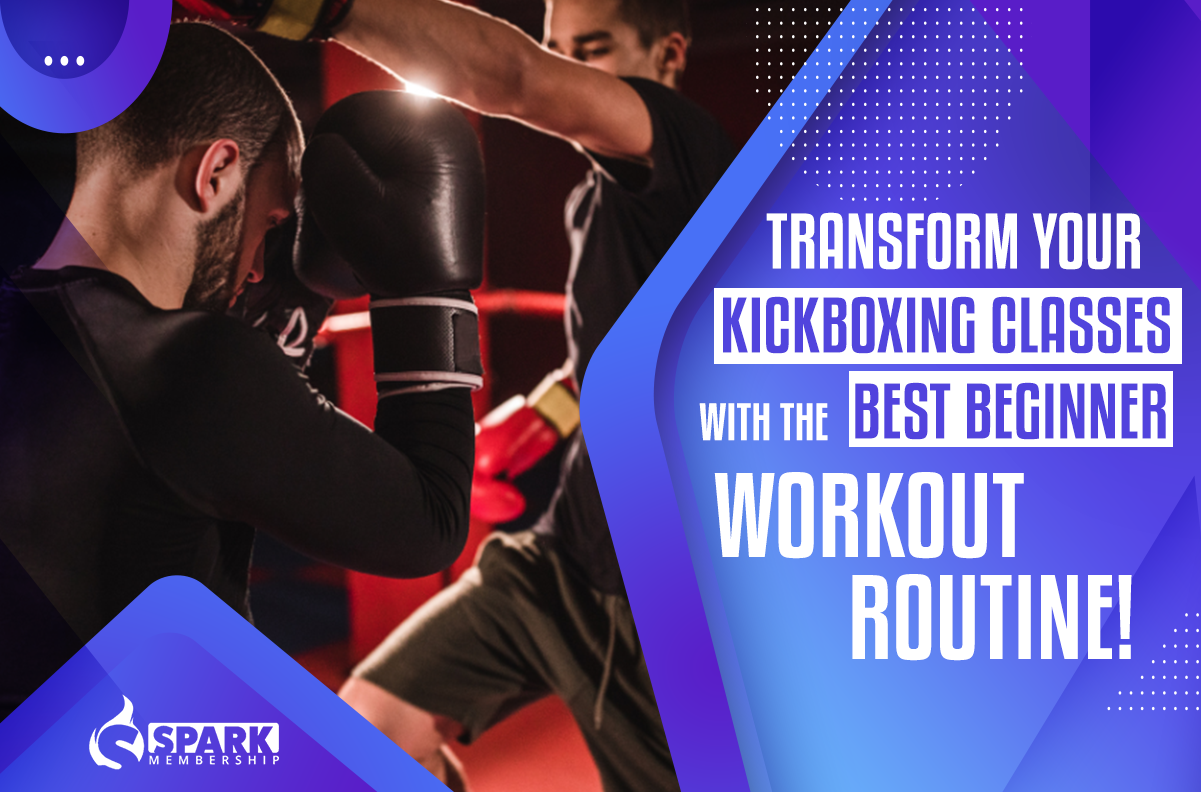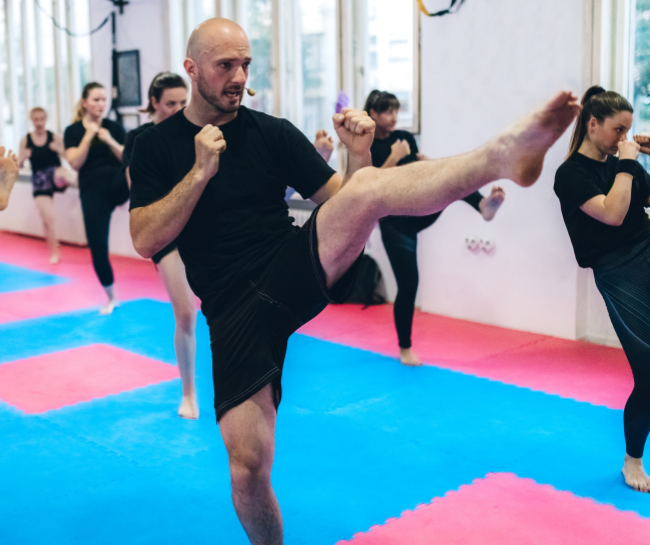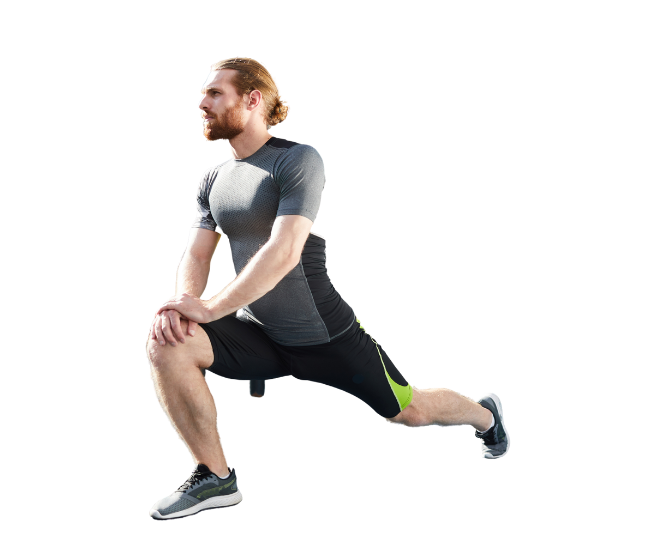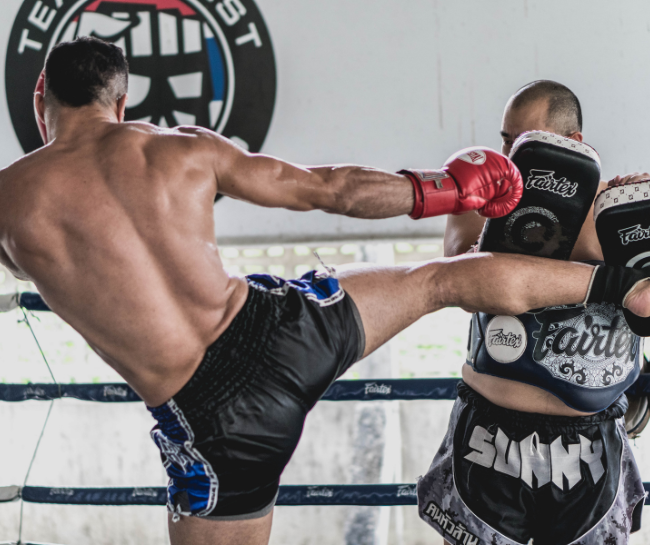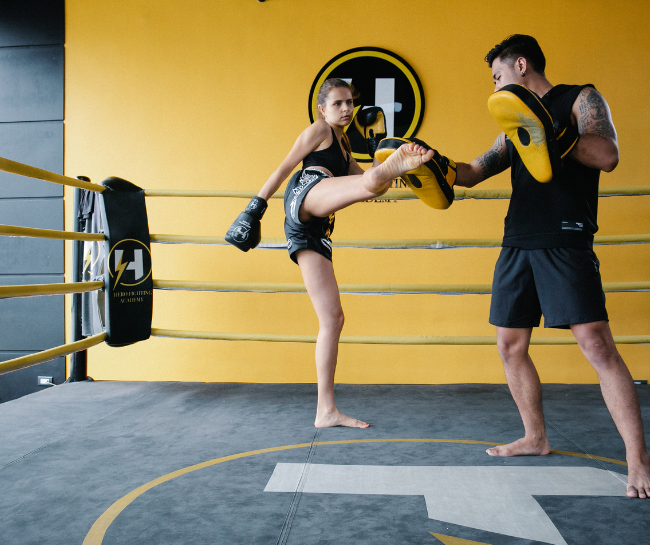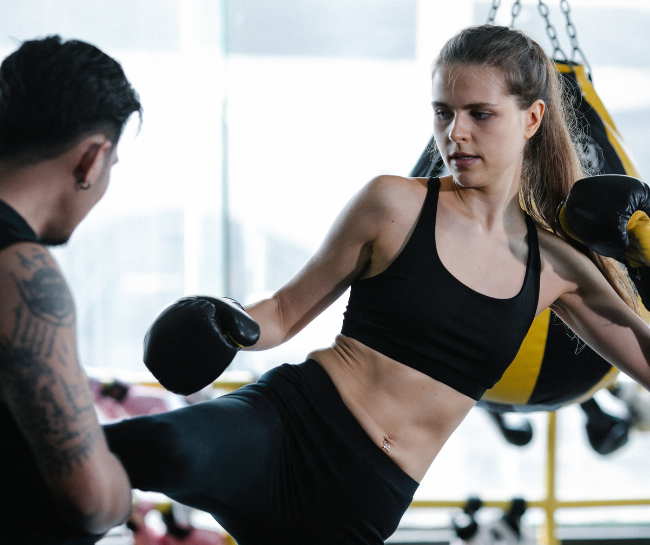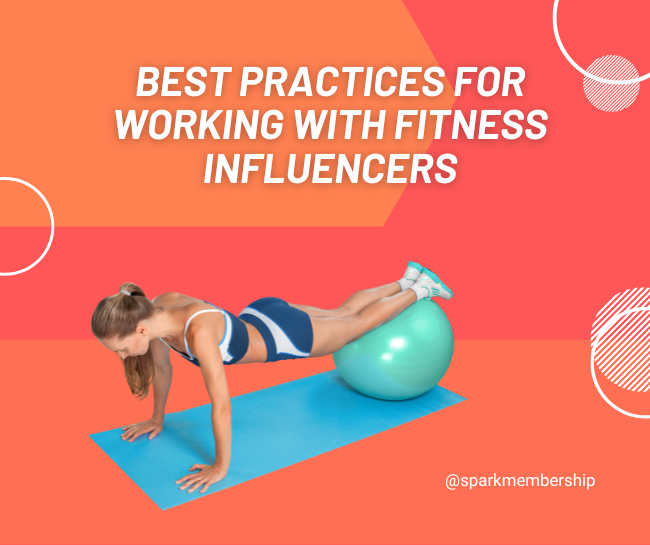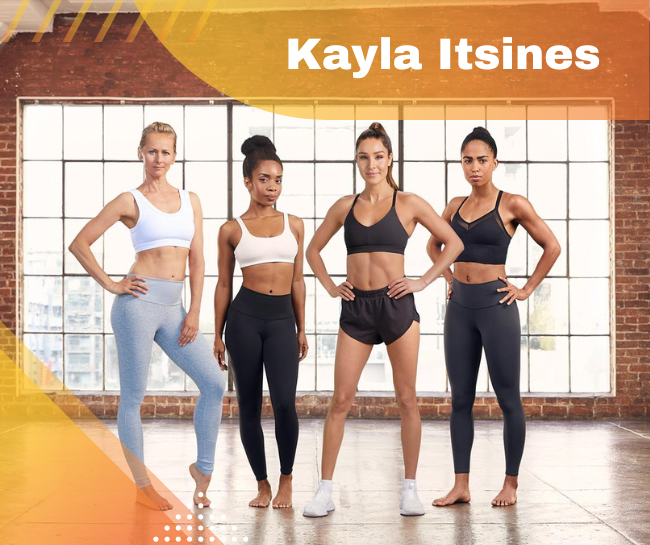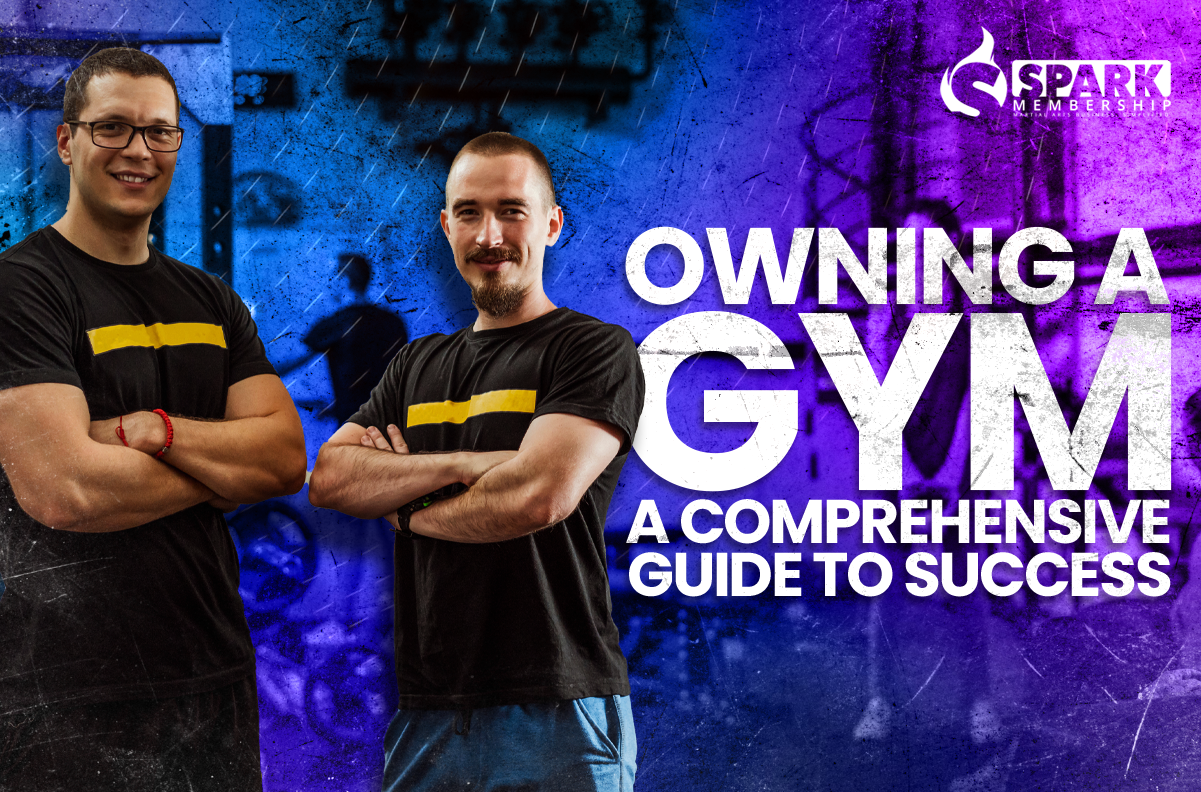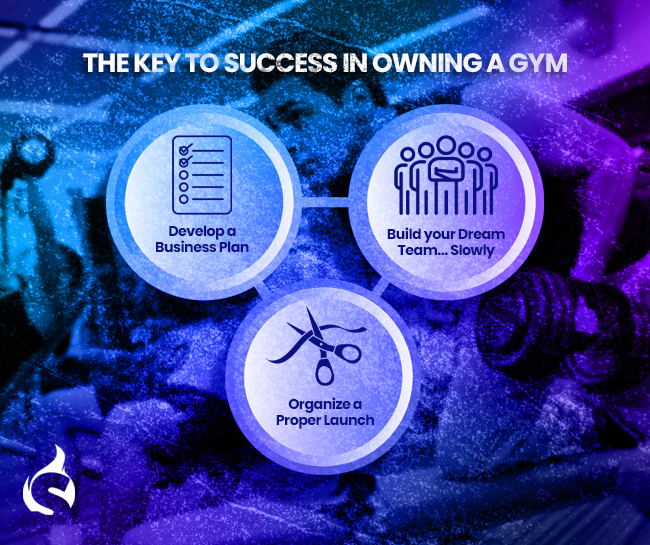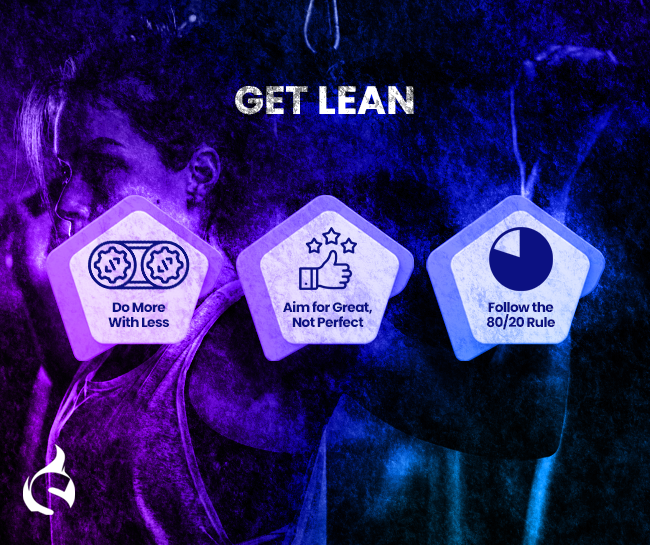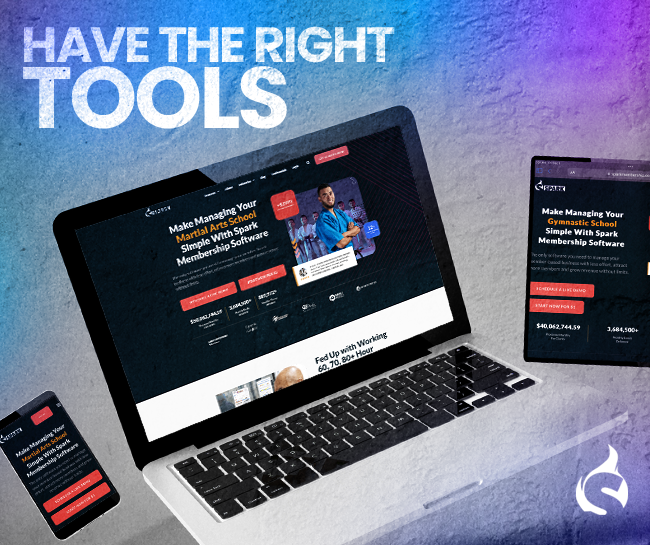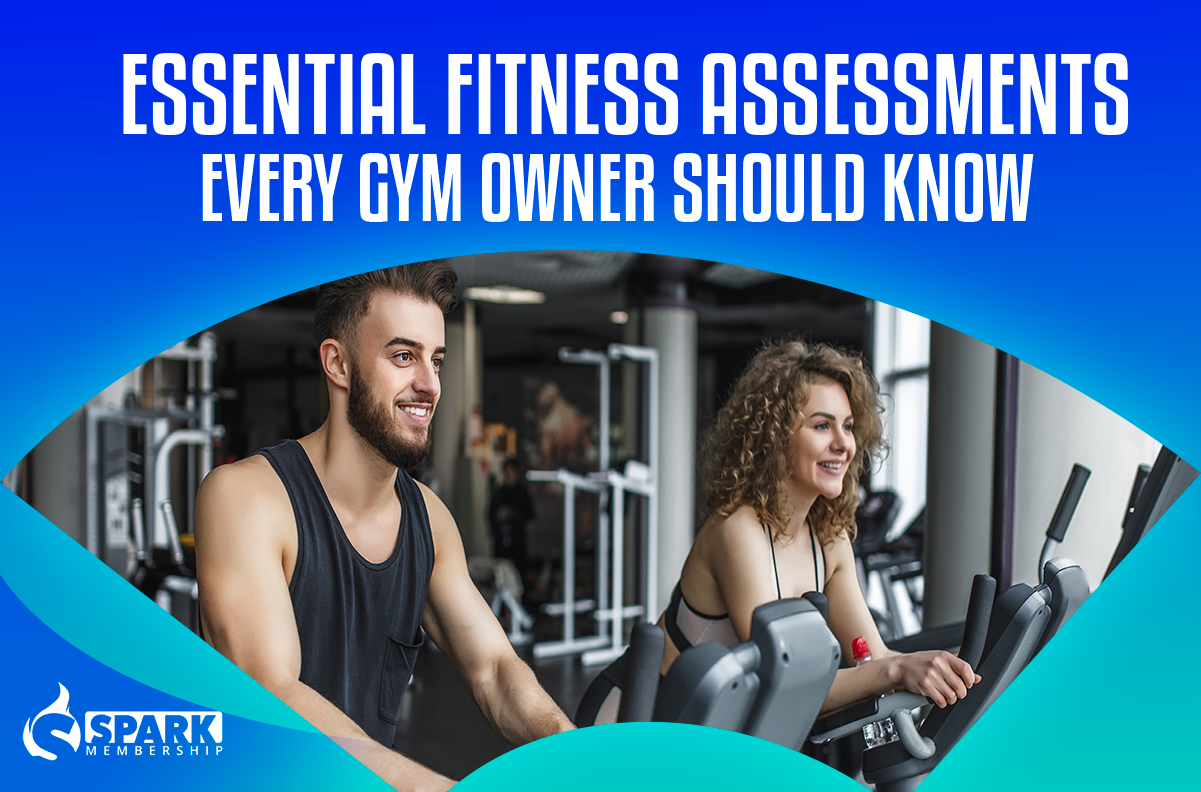
The fitness industry is not just about having the most advanced equipment or offering the most innovative workouts; it’s about personal progress. To track such progress, fitness assessments are essential tools for gym owners and trainers. These assessments provide valuable insights into a client’s fitness level, reveal areas needing improvement, and help design personalized workout plans. This comprehensive guide will delve into the essence, types, and implementation of fitness assessments in your gym.
What is a Fitness Assessment?
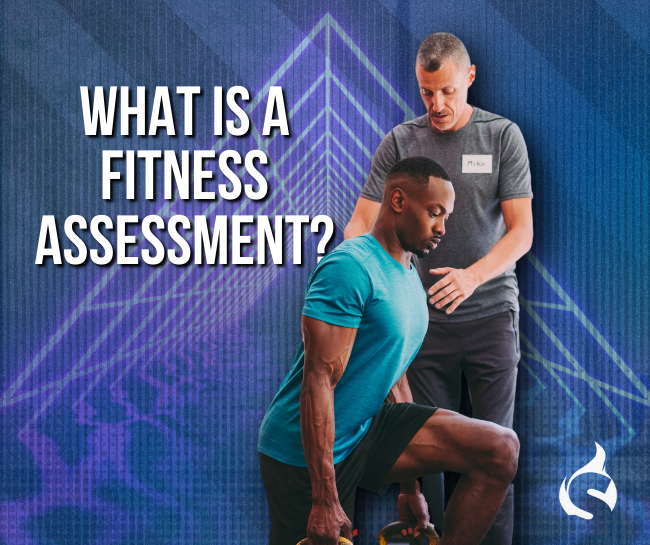
A fitness assessment is a series of tests that measure various aspects of health and physical fitness. These may include but are not limited to, muscular strength, cardiovascular endurance, body composition, and flexibility. The purpose of these assessments is twofold: firstly, to establish a baseline against which future results can be compared, and secondly, to guide the development of individualized exercise programs. By understanding where a client stands fitness-wise, you can create a more targeted, effective workout regime.
💡 A fitness assessment is a crucial starting point for anyone looking to improve their health and fitness. It provides valuable information about your current physical abilities, strengths, and weaknesses, allowing you to tailor your workout plan to achieve your goals effectively.
Types of Fitness Assessments
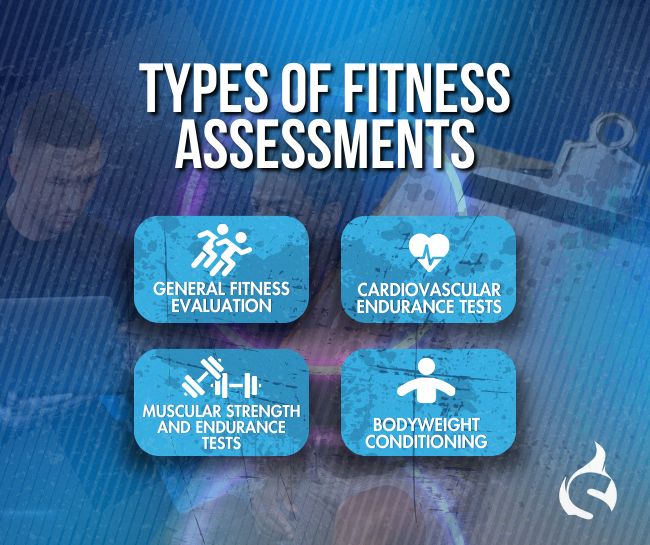
Fitness assessments are not one-size-fits-all. They can be categorized into several types, each serving a unique purpose and providing specific insights into a client’s fitness level. Here’s a closer look at the key types of fitness assessments:
- General Fitness Evaluation: This includes basic measurements like weight, height, body mass index (BMI), and body fat percentage. These metrics give a general overview of a person’s fitness level and health status.
- Cardiovascular Endurance Tests: These tests measure the efficiency and endurance of the heart and lungs. A common test is the three-minute step test or the beep test.
- Muscular Strength and Endurance Tests: These assessments evaluate the strength and endurance of specific muscle groups. Examples include the push-up test or the sit-up test.
- Bodyweight Conditioning: These assessments focus on how well a person can manage their body weight in various exercises. This can help in developing functional fitness and mobility.
💡 Implementing various types of fitness assessments is essential for gym owners to help their clients achieve their fitness goals by identifying strengths, weaknesses, and tracking progress over time.
How to Implement Fitness Assessments in Your Gym
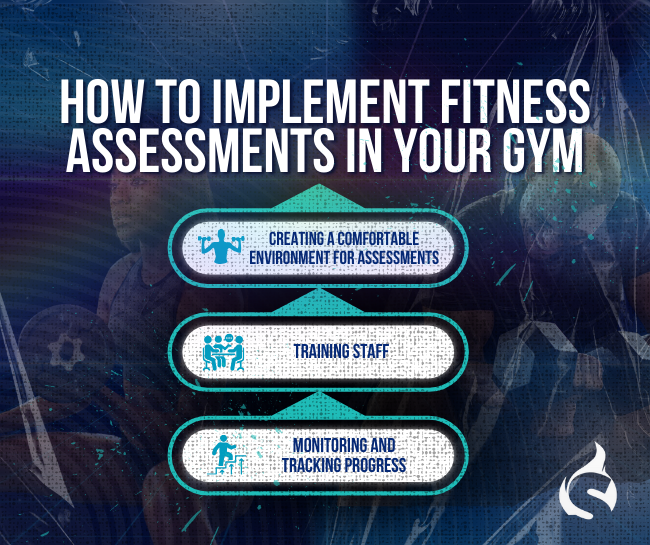
Implementing fitness assessments in your gym is a strategic process that requires careful planning and execution. Here are some steps to guide you:
- Creating a Comfortable Environment for Assessments:
The first step in implementing fitness assessments is to ensure a comfortable, non-judgmental environment. Clients should feel relaxed and understood, not critiqued.
- Training Staff:
Your gym staff should be well-trained in conducting these assessments. They should be able to explain the purpose of each test and how it’s performed.
- Monitoring and Tracking Progress:
Keep a record of each client’s results to monitor their progress over time. Reassess every few months and adjust workout plans as needed.
💡Implementing fitness assessments in your gym is essential for helping your clients reach their goals. Start by creating a comprehensive plan and tracking progress to ensure success.
Fitness assessments are a cornerstone of personalized training and overall fitness progress. As a gym owner, understanding and implementing these assessments can help you better serve your clients, tailor their workout plans, and ultimately, boost their fitness journey. So, start conducting these assessments today and experience the transformation they bring to your gym and your clients.
Ready to keep your gym clean and germ-free? Check out our blog Gym Cleaning 101 for essential tips and tricks! And don’t forget to use Spark Membership Software, the best software for managing your gym memberships seamlessly.
